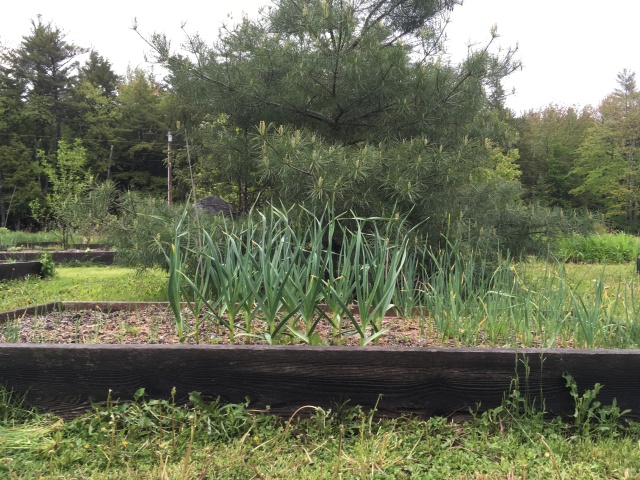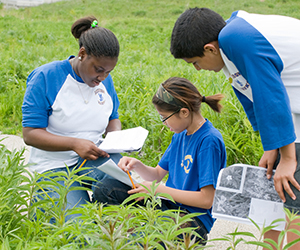This week our Global Urban Education course is looking at Emergency Education and the good work of the International Network for Education in Emergencies (INEE, http://www.ineesite.org/en/). Our assignment was to pick a theme from the INEE toolkit, say why it spoke to us, and say what we are inspired to do about it. Here is my response to hte assignment.
I am choosing to focus on the INEE Toolkit Theme of Teaching and Learning because, by my read, it most closely connects with what for me is the most inspiring theme in emergency education – the essential, multifaceted role of impacted communities in emergency education. And it takes an activist attitude toward education, not just in working to ensure that it happens but using education to prevent violent societal disruption, to prepare for and recover quickly from disaster.
As I read Education Under Attack, the 2010 report on the scale and impact of violence directed toward education institutions, educators, and learners, I was impressed by the data on the protective power of community investment in education. In an example from Afghanistan, simply allowing local people to use the word “madrasa” instead of “school” and inviting community members to monitor schools’ curriculum contributed to 161 schools being re-opened in one year as opposed to just 35 being opened in the previous year (p. 29-30). The report referenced the Knowledge on Fire study that found a strong correlation between community involvement in schools and reduction of attacks on education (p. 114). I am excited about the potential to use education as a way to build communities and to use communities to build education that serves both immediate and longer term needs. No doubt that is harder than I can imagine!
While the topic of emergency education brings to mind war-torn, crisis-ridden countries in far corners of the globe, I am also struck by the alignment of the best practices in emergency education with the best practices in reforming schools in the United States. In 1990 the Consortium on Chicago School Research launched a longitudinal study of hundreds of elementary schools to distinguish the elements that best support effective school reform. In Organizing Schools for Improvement Anthony S. Bryk presents this research and case studies on two of the worst of these Chicago elementary schools: one that turned itself around, and one that did not.[1] Extensive analysis of the implementation of reforms identified the following as the most important, powerfully interrelated elements to turning the one school’s performance around:
- Coherent instructional guidance system
- Professional capacity of teachers and staff
- Strong parent-community-school ties
- Student-centered learning climate
- Leadership that drives change
These five components are strongly related to the INEE toolkit components and content. I find this sobering and affirming and inspiring. While there is a relatively robust model for education in all situations (strong leadership, student-centered approach, community involvement, well prepared and supported teachers, some degree of local autonomy, assessment systems), implementing this model is challenging almost everywhere. I think one contributor to the challenge is the inherent tension in education between short- and long-term priorities and goals. Education is by its nature a generational investment in people and countries. Crises of war, drought, poverty, and gang violence demand immediate action, often at the cost of strategic long-term goals like education. This tension between immediate need and long-term good is perennial.
I’m inspired to work to empower communities to own the outcomes of their education systems and to define education such that it meets both near- and long-term goals, addressing the immediate challenges and preparing youth for a better future. I sound like a broken record and I’m afraid I’m being naive, but I do think that citizen science and project-based learning can contribute to both short-term community needs and academic achievement for youth. In Maine, for example, Vital Signs is empowering youth and communities to steward natural ecosystems. I would like to see teachers and learners go farther and address community-identified issues and concerns. If teachers and students can address emergency needs and challenges (accessing water, sharing information, distributing resources equitably, etc.) and use these as a context for learning, students will learn their academic lessons while contributing to community safety and well-being, building protective community appreciation for the value of schools. Although of different scales, I think this could be as true in rural Maine, where school budgets are often under attack, as in refugee camps. So often on Outward Bound courses I saw the power of the authentic context of a sailboat or rock climbing work magic on (privileged) disaffected youth. In the ten times more authentic immediacy of emergency, it makes sense to me that empowering learners and teachers to contribute to their communities would be similarly impactful.
My concern that I’m being naïve comes from a suspicion that there is some minimum resource or stability requirement for project-based approach to work. Teachers and students must, for example, have access to information, or tools with which to build a network of communication to collect information and or share it. Optimistically, I think there are manual or analog means of accomplishing the things that we take for granted that technology can do today. But I’m nervous.
Our foray into emergency education has also reminded of a framework I learned almost two decades ago for working with adjudicated youth in Outward Bound programs. The model suggested that the healthy human psyche was like a car with four wheels on the ground.[2] Each wheel represented an essential component to emotional health: security (of shelter and food), love and belonging, autonomy, and a fourth that escapes me (I might even have these three wrong). If any of the four wheels were missing, the theory went, a young person couldn’t engage productively with learning or challenge. We typically well-educated, financially secure white kids were trained to engage our often poorly educated, financially insecure, often traumatized charges to understand their worlds and how many and which wheels they were missing before we attempted to challenge their behaviors. (I really should unearth those notes from that training all those years ago!). People in emergencies may not be ready to tackle challenges, however, being enabled to be proactive about addressing or improving their situation may provide important healing.
Throughout this discussion, I’m well aware (I can’t say painfully) of my utter lack of experience with what it means to be living in an emergency, or even living in poverty. By global standards, I have a hugely privileged, safe existence here in North America. Until I have walked in a refugee camp or woken up in a post-Katrina New Orleans or walked the streets of Haiti I can’t really know how plausible it is to think of integrating education with disaster recovery. Barring this, I still have much to learn from the INEE Toolkit and the wisdom of the many practitioners involved in drafting and revising it.
P.S. Did you see this article in the NY Times today (July 30, 2013)? Its’ a great twist on teacher preparation in India: http://www.nytimes.com/2013/07/29/world/asia/delivering-a-jolt-to-indias-teacher-training.html?src=rechp and a powerful example of the impact of empowering a community of people (in this case, resident low income women as leaders in education)
[2] Possibly from Glasser, W. (1965). Reality therapy. A new approach to psychiatry. New York: Harper & Row, although it may have been a modified version of this theory. I’m working from memory.


